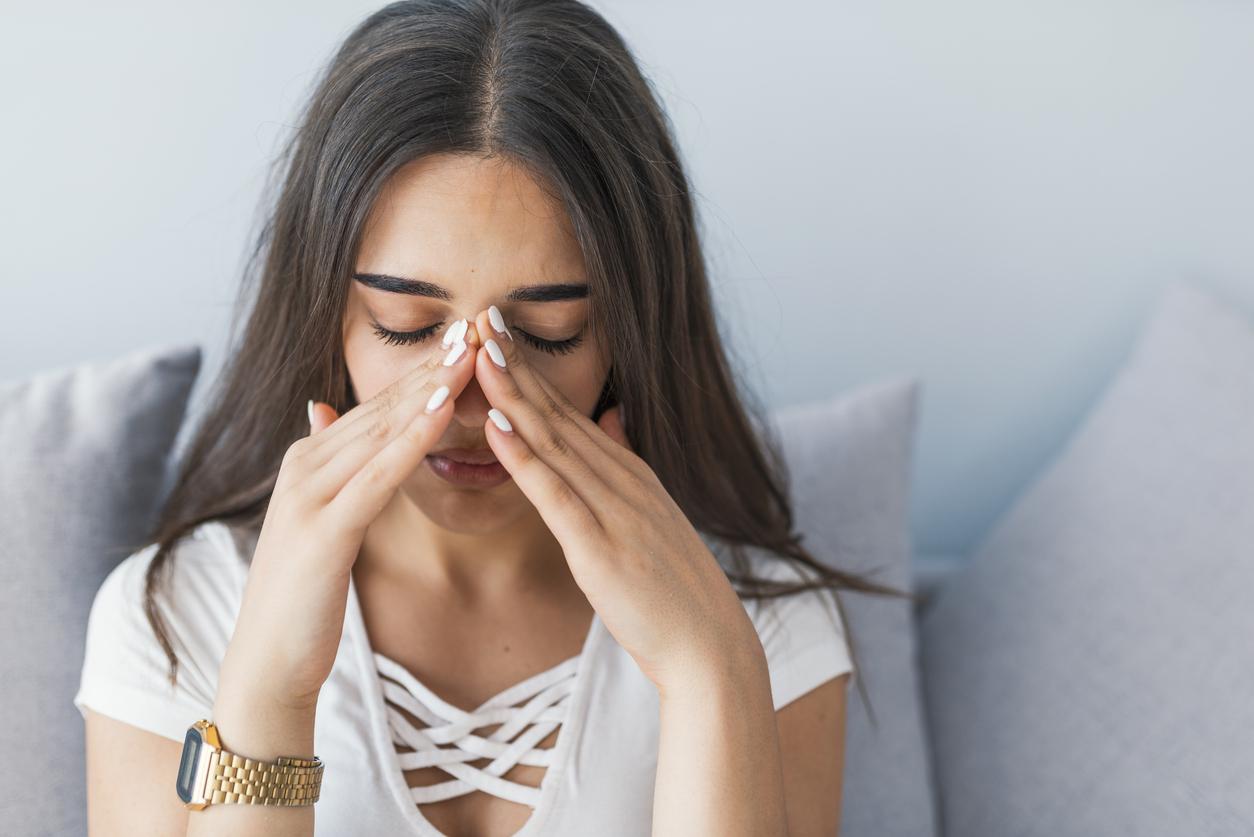What exactly is vaginal flora?
Just as we have discovered the crucial importance of intestinal flora, we are now discovering that of the vaginal flora. This is made up of 100 million to one billion germs (bacteria, fungi, viruses …) per milliliter of secretion in the vagina. 90 to 95% are protective bacteria of the vagina, lactobacilli (also called Doderlein’s bacilli). They are responsible for maintaining the intimate balance, producing substances essential for good local health or preventing aggressive germs from growing or attaching to the vaginal wall.As long as lactobacilli remain in the majority, streptococci, staphylococci, and others candida (yeasts), normally present, remain harmless. But if there is an imbalance in the flora, these germs start to proliferate, leading to infections and small troubles (irritation, itching, odors, unusual losses …).
How do you recognize good flora?
A healthy vagina is painless even during sex. “In case of irritation or pain, the flora is unbalanced or there is sexually transmitted infection“, warns Dr Jean-Marc Bohbot. He is normal to have losses colorless and odorless because the vaginal wall renews itself constantly like all epidermis. Two points should however alert: the sensitivity of the vagina or the vulva, with more abundant discharge or of a different structure (very thick, very liquid or of a different color) and an unusual vaginal odor. In the event of an imbalance of the flora, aromatic amines are produced: “cadaverine” and “putrescine” with an unpleasant odor, accentuated by sexual intercourse.
What unbalances the vaginal flora?
Women know from experience that taking antibiotics is often followed by mycosis. No wonder: the flora was disturbed by the treatment. Ditto for antiseptics, which are also very aggressive. Excessive or inadequate hygiene achieves the same result, it destroys the good germs. “We think less about tobacco, yet it is a major factor of imbalance”, recalls Dr JM Bohbot.
Smokers have less circulating estrogen, the decrease in these hormones leads to a fall in lactobacilli causing vaginosis recognizable by the discharge and odor. On the other hand, clothes that are too tight, thongs, synthetic fiber panties and jeans, are out of the question. “When the vaginal flora is balanced, they are well supported”, certifies the specialist.
Can probiotics alone rebalance it?
In a few years, they have become the essential treatment for many gynecological conditions alone or in combination. “Thus, for bacterial vaginosis – imbalance of the flora and the most frequent gynecological infection – this treatment is sufficient because the flora is the cause of the infection. No need to go through the antibiotic box”, says the doctor. The results are obtained after 8 to 10 days. For yeast infections or recurrent cystitis, probiotics are this time associated with antifungals or antibiotics.
Do they have other interesting effects?
We have just demonstrated in postmenopausal women suffering from urinary incontinence and receiving perineal rehabilitation with local hormones that the results were markedly improved with vaginal probiotics in addition to conventional treatment. “The inoculated lactobacilli restore tone to the vagina and improve its hydration, notes the doctor”. Probiotics Also Greatly Improve Vaginal Dryness Problems at this period of life without needing to resort to hormone-based eggs.
How to use probiotics?
Of the twenty or so vaginal lactobacilli that exist, only three or four are really effective in the form of ova or gynecological capsules, introduced into the vagina. “These are the same strains that are used whatever the problem, cystitis, mycosis, dryness … specifies the doctor”. To permanently rebalance the flora, the vagina and vulva must be reseeded over a sufficient period of time, one week per month for three to six months or even more if necessary. These products are without side effects, without hormones, perfectly tolerated and accepted by women. As for yogurts and fermented foods, they are excellent for the intestinal flora, but have no effect on the vaginal flora.
Read also :
Intimate hygiene: what you need to know to preserve your vaginal flora
Vaginal yeast infection: how to avoid and treat it















